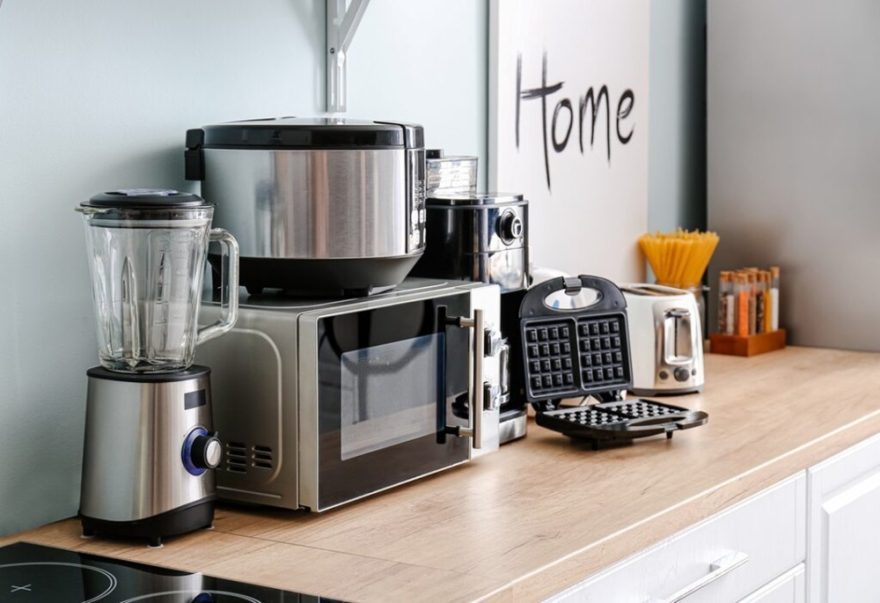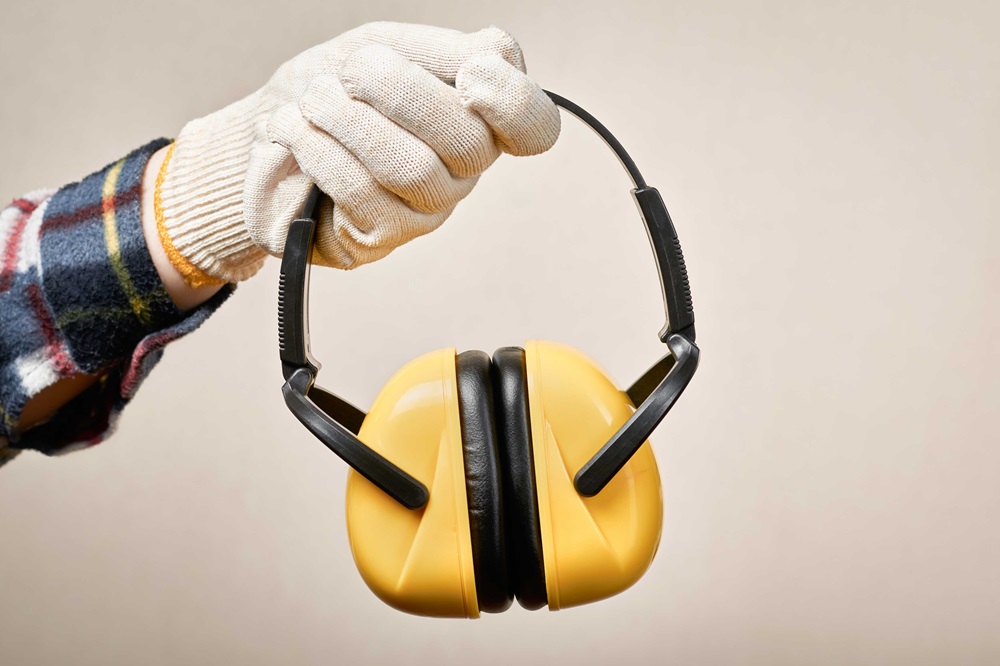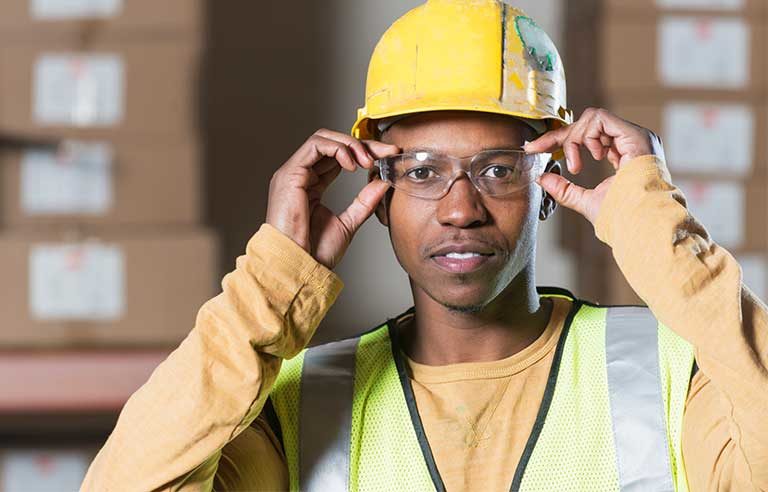The kitchen is the most dangerous room in the house. Over 50% of house fires are caused in the kitchen either due to people leaving pans unattended, faulty electrical wiring or water splashing on an exposed electrical socket. It is therefore highly important that you take great care in the kitchen and follow some very simple electrical safety rules.
Positioning of electrical sockets
Given the number of electrical appliances used by the average household there is a need for several or more plug sockets. Regardless of how small your kitchen is, you must take care not to position plug sockets where they might come into contact with water. Electrical sockets for work surface appliances should be positioned at least 30 centimetres away from the sink.
Sockets for appliances such as dishwashers, washing machines and fridges behind cupboard doors should be controlled by a switched fuse-connection unit, ideally mounted above the work surface where they can be accessed easily.
Electrical appliances

Even when electrical appliances pass British standards regulated by Health and Safety, they can still pose a threat in the kitchen if you do not take proper care. Microwaves, toasters and kettle should be turned off when not in use and electric chords should be kept away from surfaces that are likely to get hot such as when you have been using a toasted sandwich maker or fat reducing grill. Likewise you should keep flammable material such as curtains and kitchen roll away from any appliances that may cause them to catch fire.
Fridges present another danger if they are not properly maintained. You should leave sufficient room to allow air to circulate between the fridge and the plug socket and the refrigerator coils should be vacuumed every three months to avoid a build-up of dirt that can create a fire hazard. You should also defrost the freezer at least once a year.
Safe kitchens
Because of the number of different appliances used in a kitchen the flow of electrical current is passing through in numerous directions and the circuit is in constant use. Although you may not feel there is sufficient room for multiple plug sockets on the wall, it is better to have two double sockets next to each other than to overload one socket with four appliances. Small appliances that do not require much current can run off the same circuit. A cooker on the other hand is safer using its own circuit.
If you are fitted a new kitchen or having your current kitchen rewired, it is advisable to hire the expert help of an electrician. Electrical specialists will also give you advice about the best places to install your plug sockets and will check the existing wiring to ensure it does not present any danger – particularly in old houses.
If you have any question about health and safety in the kitchen, do not hesitate to get in touch with the Electrical Safety Council. The Electrical Safety Council offers free guides and advice on electrical safety for at home and at work.







